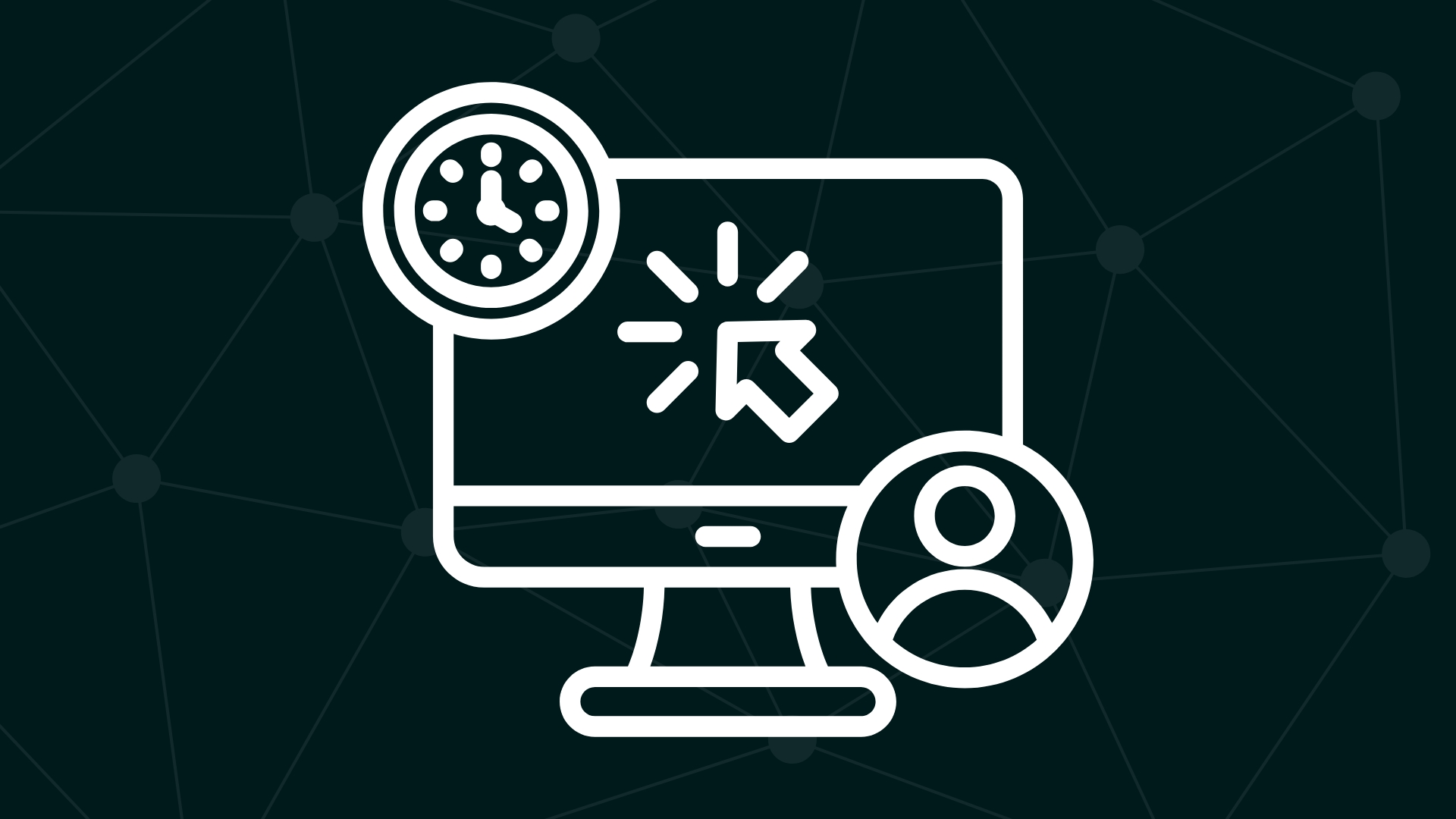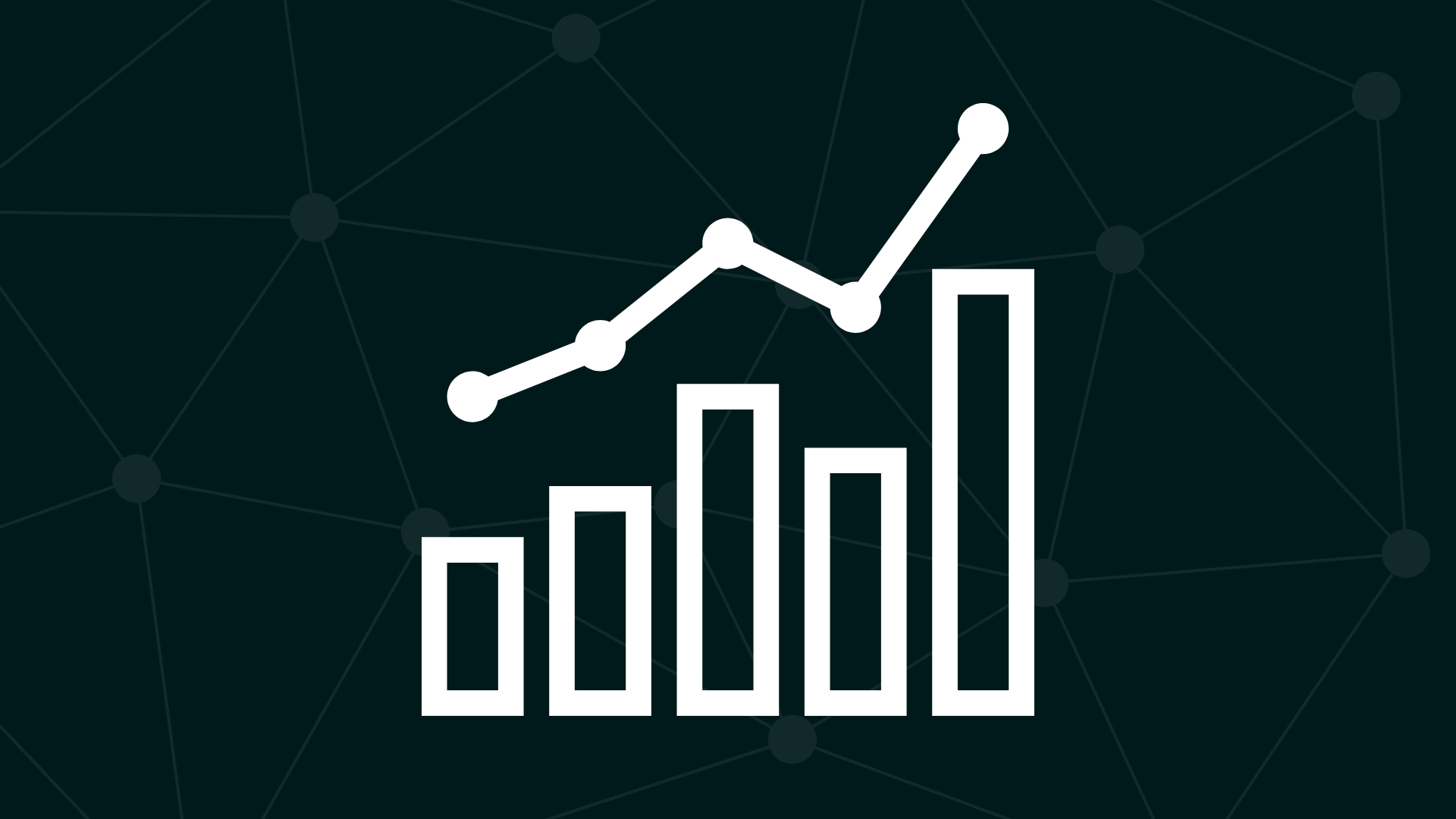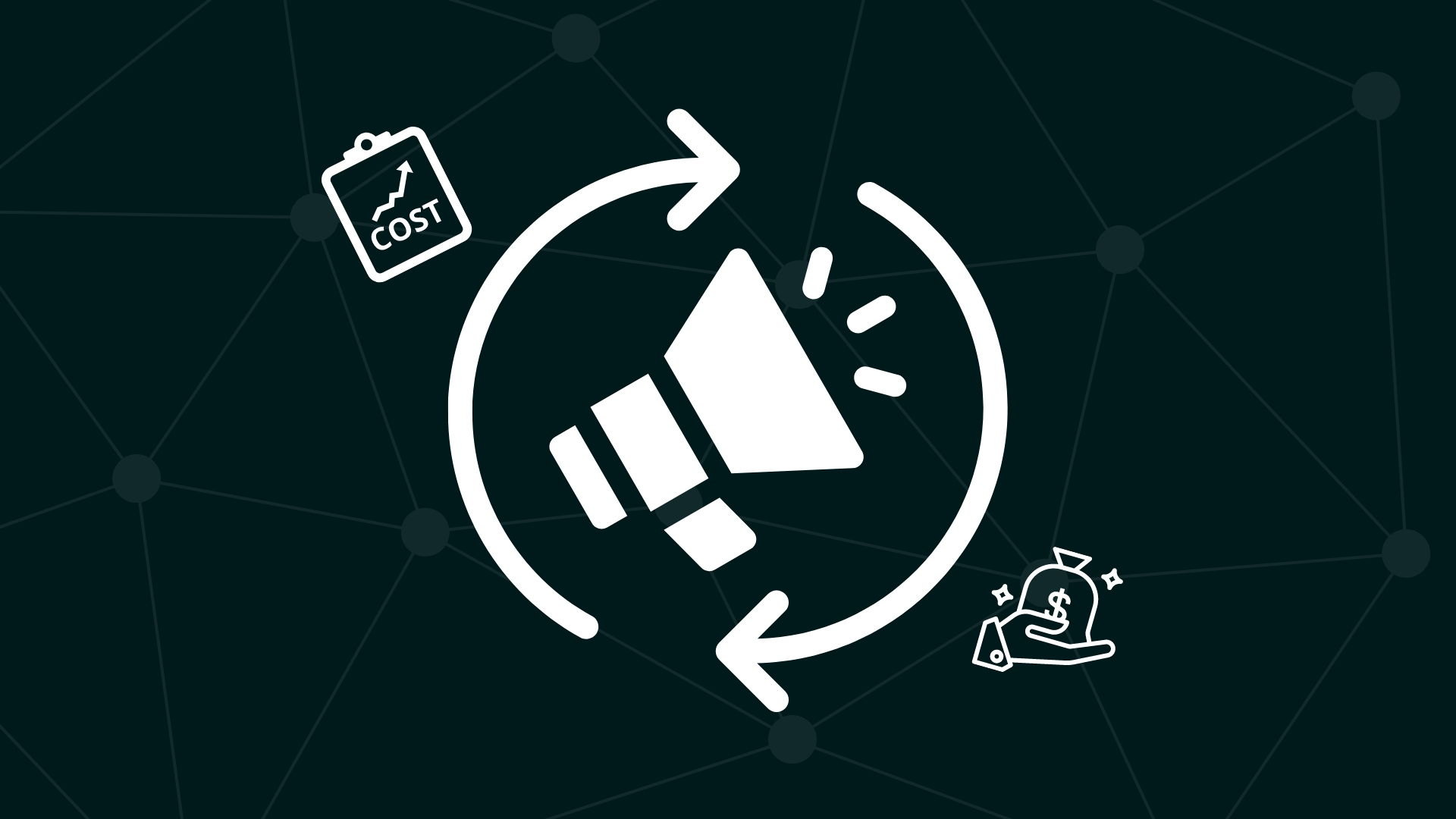We’ll increase conversions by
20-100+%
on your website.
Get a FREE Audit today
See how we can help your business increase conversion rates

Unlocking the Power of Ecommerce Success: The Top Key Metrics You Need to Track
Let’s start with the basics of ecommerce key metrics
If you’re running an ecommerce business, it’s essential to keep track of key metrics to gauge your success and identify areas for improvement. Whether you’re a seasoned ecommerce pro or just starting out, understanding these metrics can help you make informed decisions and achieve your goals.
In this blog, we’ll dive into the key metrics that matter most for ecommerce businesses, including website traffic, conversion rate, average order value, customer lifetime value, and more. We’ll also discuss how to calculate these metrics and what they can tell you about how to measure ecommerce success.
So grab a coffee, get comfortable, and let’s dive into the world of ecommerce metrics!

Why bother tracking ecommerce metrics?
Have you ever wondered what sets successful businesses apart from the rest? The answer is data-driven decision-making. That’s right, by tracking crucial ecommerce key metrics of your ecommerce store, you gain valuable insight into the performance of your business and can steer it towards success.
With regular monitoring of metrics such as website traffic, conversion rate, average order value, and customer lifetime value, you can quickly assess what’s driving growth and what needs improvement. This, in turn, enables you to make informed decisions, allocate resources effectively, and stay ahead of the game.
But that’s not all. By tracking your ecommerce metrics over time, you can identify trends and patterns, making it easier to predict future performance and proactively capitalize on opportunities and address challenges.
And let’s not forget about staying competitive. Keeping a close eye on key metrics allows you to stay up-to-date with industry trends and benchmarks, ensuring that you remain at the forefront of your market.
Traffic Metrics
Are you curious about the pulse of your website and how it’s performing in terms of attracting visitors? Well, let me introduce you to the world of traffic metrics.
Traffic metrics are crucial indicators of the health of your online store, providing valuable insight into how people are discovering and engaging with your website.
By tracking metrics such as unique visitors, page views, bounce rate, and more, you can gain a better understanding of your website’s performance and identify opportunities for improvement.
So, whether you’re just starting out or looking to take your ecommerce game to the next level, tracking traffic metrics is a must. In this blog, we’ll dive into the nitty-gritty of traffic metrics, discussing what they are, how to calculate them, and what they can tell you about your business.
Get ready to boost your website’s performance!

How many people are visiting your site? (Unique visitors)
It’s a bit like trying to count the number of stars in the sky; there are just so many variables to consider. That’s where the concept of unique visitors comes in. It’s a metric that helps you get a rough idea of the number of actual individuals visiting your site, rather than just counting the number of times a page is loaded.
However, even this metric can be tricky, as determining the uniqueness of a visitor often involves taking into account factors like IP addresses and cookies. But hey, at least it gives us a starting point in trying to get a handle on the number of people stopping by our virtual doorstep.
So, while unique visitors may not be an exact science, it’s still a valuable metric to keep an eye on.

How many pages are they checking out? (Page views)
Determining the number of pages being checked out can be a bit of a juggling act. On the other hand, it’s a pretty simple metric to track – just count the number of times a page is loaded and there you have it, your page view count.
But on the other hand, it can get a little tricky when you start considering factors like multiple page loads by the same user in a single session or bots that crawl websites and artificially inflate the count.
It’s like trying to catch raindrops with your hands – it’s doable, but it can be a little slippery at times.
The bottom line is, while page views can provide valuable insights, it’s important to keep in mind that the count is just an estimate and may not always paint an entirely accurate picture.

Are they bouncing or sticking around? (Bounce rate)
Bounce rate is a metric that can give you a good indication of whether people are bouncing off your website like a basketball or sticking around like chewed gum on the bottom of your shoe.
It’s a simple enough concept – it measures the percentage of visitors who land on a page and then immediately leave, or “bounce,” without taking any further action.
A high bounce rate can be a sign that your website content isn’t engaging enough to keep people’s attention, that your site is slow to load, or that visitors are landing on the wrong page, among other things.
On the other hand, a low bounce rate indicates that visitors are finding what they’re looking for and spending time on your site.
So, whether you’re trying to get people to stick around like lint on a sweater, or you’re hoping they’ll bounce away like a beach ball, your website’s bounce rate can provide valuable insights into your visitors’ behavior.
You can check out all of these ecommerce metrics in Google Analytics or another similar tool.

How long are they staying? (Time on site)
This is like a game of “how long can you hold your breath?” for your website visitors.
It’s a metric that tells you how long, on average, people are spending on your site before moving on to something else.
Think of it as a digital yardstick for measuring the engagement and stickiness of your website.
If people are only spending a few seconds on your site before leaving, it could be a sign that your content isn’t resonating with them or that your site is difficult to navigate.
On the other hand, if people are spending several minutes or more on your site, it’s a good indication that they’re finding what they’re looking for and that your site is doing its job.
So, whether you’re hoping to keep people around like a warm hug or you’re happy to see them go like a ship in the night, your website’s time on site can provide valuable insights into how well your site is performing.

Where are they coming from? (Acquisition channels)
This is a crucial question when it comes to analyzing the success of your ecommerce store.
Understanding the acquisition channels, or the sources of your website traffic is key to making informed decisions about your marketing strategies and budget allocation.
Do your customers come primarily from search engines, social media, email campaigns, or referral websites?
Each of these channels requires a different approach, so understanding where your customers are coming from is essential in maximizing the return on your marketing investments.
Plus, it’s just exciting to know where all your hard-earned traffic is coming from.

Conversion Metrics
Conversion metrics are a critical aspect of ecommerce analytics as they help businesses understand the effectiveness of their marketing and sales efforts.
By measuring the number of visitors who take a desired action, such as making a purchase or signing up for a newsletter, conversion metrics provide valuable insight into the performance of an online store.
Understanding these metrics can help ecommerce businesses make data-driven decisions to optimize their website and improve the customer experience.
In this section, we’ll delve into the key conversion metrics that every ecommerce business should track to ensure the success of their online store.

How many visitors are becoming customers? (Conversion rate)
Conversion rate is a metric that is crucial for the success of ecommerce businesses.
This metric calculates the proportion of website visitors who take the desired action, such as making a purchase or subscribing to a newsletter, out of the total number of visitors.
In simpler terms, it tells you the percentage of visitors that are converted into existing customers.
A high conversion rate is a positive sign that a large number of visitors find what they need on your website and take action, whereas a low conversion rate may indicate a lack of engagement with visitors or a poor customer experience.
By monitoring sales conversion rate, ecommerce businesses can pinpoint areas for improvement and make informed decisions that drive optimization and boost sales.
You can keep them coming back to your website by incorporating email marketing and sending it to your customer base.

How many shopping carts are being abandoned? (Shopping cart abandonment rate)
The shopping cart abandonment rate is an important measurement for ecommerce businesses.
It reveals how well they are converting potential customers into actual ones by quantifying the percentage of visitors who have placed items in their virtual cart but did not finalize the purchase.
A high shopping cart abandonment rate could mean several factors are at play, such as an unclear checkout process, surprise shipping fees, or insufficient trust in the website or brand. By keeping a close eye on this metric, ecommerce businesses can improve the customer experience and boost conversions, ultimately leading to greater success.
Every abandoned shopping cart in your ecommerce site represents a missed opportunity.

How much are customers spending on average? (Average order value)
The average order value, or AOV, is a significant metric that shows the value of each transaction made on an ecommerce website. To calculate it, divide the total revenue by the number of orders placed.
A high AOV indicates that customers are making substantial purchases with each transaction, while a low AOV may mean that customers are only making small, infrequent purchases. Understanding the average order value is essential for ecommerce businesses as it gives insight into customer buying habits and helps make informed decisions such as pricing strategy and product selection.
By keeping track of the AOV and making smart adjustments, ecommerce businesses can maximize the value of each transaction and drive growth.
Essentially, the average order value AOV is like a report card for your store’s financial well-being.

How much is a customer worth over time? (Customer lifetime value)
The customer lifetime value, or CLV, is a crucial metric that calculates the estimated total amount a customer will spend on an ecommerce website during their relationship with the brand.
CLV is vital for ecommerce businesses as it provides a forecast of the future value each customer will bring to the business. By knowing CLV, ecommerce businesses can make informed decisions about customer acquisition, retention, and engagement strategies.
For instance, if a customer has a high CLV, it may make sense to invest more in marketing and customer service to retain and engage that customer. On the other hand, a customer with a low CLV may not warrant the same level of investment.
By monitoring and maximizing CLV, ecommerce businesses can enhance their customer relationships and achieve long-term growth.
In essence, CLV acts as a crystal ball that predicts how valuable a customer will be to your business.

Sales Metrics
Sales Metrics are the pulse of your sales process, providing valuable insights into the performance of your sales team. By tracking these key performance indicators, you can see how your sales efforts are panning out and identify areas for improvement.
From conversion rates and average deal size to lead response time and win/loss ratio, these metrics give you a clear picture of what’s working and what needs a little extra TLC. But don’t worry, we’re not just talking boring numbers here.
By using these metrics to guide your sales strategy, you can start to see real results and hit your sales targets like a boss.

How much money are you making from your products? (Gross merchandise volume)
The GMV, or Gross Merchandise Volume, is a key ecommerce metric that tells us the total amount of dough generated from the sale of goods on an ecommerce platform. This includes the cost of the goods, shipping fees, and any other expenses that come with the sale.
GMV is important for online businesses because it gives us an overall view of the revenue generated from selling products, and helps us make informed decisions about things like inventory management, product mix, and pricing strategy.
By tracking GMV and analyzing trends over time, we can spot areas for improvement and make data-driven decisions to drive growth.
Simply put, GMV is the total amount of money made from all the products sold on your online store.

How much of that money is yours to keep? (Net sales)
Net sales, or net revenue, is a crucial metric that gives ecommerce businesses a clear picture of their profit. It’s calculated by subtracting all associated costs of a sale from the total revenue.
This metric is important for ecommerce companies as it helps them understand the actual profitability of their products and make smart decisions about pricing, product mix, and operating expenses. By tracking net sales regularly, ecommerce businesses can monitor their profitability, spot areas for improvement, and ultimately drive growth.
In layman’s terms, net sales are your bottom line profit from product sales after all the expenses are taken into account.

How many orders have been placed? (Total number of orders)
The total number of orders is an uncomplicated metric that tracks the total number of purchases made on an ecommerce website. It gives ecommerce businesses an idea of their sales volume and helps them gauge customer demand for their products.
Keeping an eye on this metric over time can provide important information about changes in sales patterns and customer engagement, which can be useful in shaping inventory and marketing plans. The total number of orders can also be used as a performance indicator to track the effectiveness of customer acquisition and retention strategies.
Simply put, it shows the frequency at which customers have made purchases on your online store. See some examples of how we increased ecommerce revenue on our blog.

How long does it take to process an order? (Average order processing time)
The average order processing time is a KPI that calculates the amount of time taken from the instant a customer places an order to the moment the order is packed and shipped to them.
Ecommerce companies find this metric crucial since it highlights the effectiveness of their operations and highlights any bottlenecks that might hinder the order fulfillment process. By tracking the average order processing time, ecommerce businesses can improve their processes and systems to speed up order fulfillment and enhance customer satisfaction, leading to increased chances of repeat purchases.
A quick average order processing time can also boost a business’s reputation and bolster customer confidence.
To put it simply, the average order processing time is a gauge of how fast you can get an order out of your door and into the hands of your customers.

Customer Metrics
Customer Metrics are KPIs that measure the success of your interactions with customers.
These metrics give you a clear understanding of the customer experience, providing insights into their behavior and preferences. From customer acquisition and retention rates to customer satisfaction scores, these metrics provide a complete picture of your customers and how they interact with your business.
By regularly tracking and analyzing these customer metrics, you can make data-driven decisions to improve the customer experience and drive growth for your business.

New customers vs. those who have been around a while? (New vs. repeat customers)
The new vs. repeat customer ratio is a key performance indicator that examines the distribution of first-time buyers and repeats customers on an ecommerce platform. Moreover, this metric offers a comprehensive perspective on the success of the company’s customer acquisition and retention practices.
By closely monitoring the new vs. repeat customer ratio, ecommerce businesses can identify opportunities to enhance their marketing and customer engagement approaches.
A high percentage of new customers may signal a lack of customer retention, which may warrant a closer look at the customer experience and engagement methods.
On the other hand, a strong showing of repeat customers could indicate a positive customer experience and successful digital marketing tactics such as a customer loyalty program.
Basically, the new vs. repeat customer ratio tells you how well you are attracting new customers and keeping your current ones happy.

How much does it cost to acquire a new customer? (Customer acquisition cost)
The cost to secure a new customer, known as the customer acquisition cost (CAC), is a metric that evaluates how much money is spent to gain a new client. This metric provides valuable information on the efficiency of a business’s customer acquisition strategies and influences critical decisions such as marketing and advertising spending.
Monitoring the CAC over time enables ecommerce businesses to observe the cost-effectiveness of their customer acquisition efforts and detect areas for improvement on their marketing budget. A lower CAC shows that the business is effectively acquiring new customers at lower acquisition costs, which can lead to better overall profitability.
Conversely, a higher CAC suggests that the business may need to reevaluate its customer acquisition and conversion rate optimization strategies. One way of doing it cost-effectively is by doing social media engagement.
Simply put, the customer acquisition cost is the amount of money spent to bring a new customer into your ecommerce business.

How happy are your customers with their purchases? (Customer satisfaction)
The customer satisfaction score is an indicator that reflects how pleased customers are with their purchases from an e-commerce store. This metric is crucial as it sheds light on the quality of the customer experience and the general perception of the company.
By monitoring customer satisfaction over a period, online businesses can track changes in the customer journey and pinpoint areas that need improvement. When customers are satisfied, it can lead to increased loyalty, repeat purchases, and positive word-of-mouth referrals or net promoter score, all of which contribute to the growth and success of the business.
On the flip side, low customer satisfaction can indicate the need for improvements in products, customer service, or the overall customer experience.
In a nutshell, customer satisfaction measures how joyful your customers are with their purchases and their relationship with your company.

How loyal are your customers? (Customer loyalty and retention)
Yes, that’s correct. Customer loyalty and retention metrics help ecommerce businesses understand the degree to which customers are committed to their brand and continue to make purchases over time.
These metrics provide valuable insights into the overall customer experience and help ecommerce businesses make informed decisions about how to improve their offerings and customer engagement strategies to increase customer loyalty and retention.
By regularly tracking and analyzing these metrics, ecommerce businesses can make data-driven decisions that drive growth and improve their bottom line.

Marketing Metrics
Marketing metrics are key performance indicators that organizations use to measure the effectiveness of their marketing campaigns and strategies. From website traffic and conversion rates to lead generation and customer acquisition cost, marketing metrics provide a comprehensive view of how well your marketing efforts are performing.
By keeping a close eye on these metrics, you can identify areas for improvement, track progress, and make data-driven decisions that drive growth for your business. Whether you’re launching a new product or promoting a sale through email marketing, these metrics are essential for measuring the success of your marketing efforts.
Let’s get into its specifics!

How much are you spending on marketing? (Marketing spend)
The metric of marketing spend assesses the amount of money a company allocates toward advertising and marketing efforts. It offers a glimpse into the effectiveness of the business’s marketing tactics and helps shape important resource allocation decisions.
By monitoring changes in marketing spend over time, e-commerce businesses can evaluate the cost of marketing and spot opportunities for improvement. A high marketing spend can indicate a strong investment in acquiring customers, but it can also point to misused resources on ineffective marketing strategies.
On the flip side, a low marketing spend may suggest cost efficiency, but it may also reveal that the business is not effectively reaching its target market.
Essentially, marketing spend reflects how much a company is putting towards promoting and advertising its products or services.

Is it worth it? (Return on marketing investment (ROMI))
Return on marketing investment (ROMI) evaluates the effectiveness of a company’s marketing spend. This metric provides valuable information on the success of the marketing tactics of an ecommerce store and assists in resource allocation decisions.
ROMI is calculated by dividing the revenue generated from a marketing campaign by the cost of that same campaign. A high ROMI means the company is getting a good return on its investment in marketing, while a low ROMI may signal the need to reassess marketing strategies or allocate resources differently.
Moreover, ROMI measures the effectiveness of marketing spend and helps determine if marketing efforts are delivering a worthwhile return on investment.
E-commerce businesses can track ROMI over time to monitor the efficiency of their marketing strategies and find room for improvement.

How much does it cost to get someone to click? (Cost per click (CPC))
Cost per click (CPC), one of the most sought ecommerce KPIs in the ad world, measures the expense of securing a single click through a marketing or advertising campaign. This metric offers insight into the cost-effectiveness of a business’s advertising and marketing efforts and helps guide resource allocation decisions.
CPC is calculated by dividing the total cost of a marketing campaign by the number of clicks received. A high CPC suggests a high cost of securing each click, while a low CPC indicates a low cost per click.
By tracking CPC over time, ecommerce businesses can observe changes in the cost of clicks and pinpoint areas for improvement. CPC is a significant metric for evaluating the efficiency of advertising campaigns, especially on online platforms like Google AdWords or Facebook Ads.
Essentially, CPC measures the cost of getting someone to interact with your business through a digital advertising campaign.

Operations Metrics
Operations metrics are a set of KPIs that assess the productivity and efficiency of an organization’s operational processes. These metrics provide critical information about different aspects of an organization’s operations, such as supply chain management, production processes, and resource allocation.
By analyzing and monitoring these metrics, organizations can pinpoint areas for improvement and make informed decisions to optimize their operations, boost efficiency, and foster growth. Examples of vital operations metrics include inventory turnover rate, lead time, and defect percentage.
Consistent monitoring of these metrics helps organizations ensure their operations are running smoothly and effectively, enabling them to achieve their goals and objectives.

How quickly are orders being fulfilled? (Fulfillment turnaround)
Fulfillment turnaround is a metric that gauges the period it takes to process an order and deliver it to a customer. This is a crucial indicator of an organization’s operational performance and customer satisfaction. Swift fulfillment translates to high customer satisfaction and repeats business, while slow fulfillment can lead to dissatisfaction and reduced loyalty.
Monitoring fulfillment turnaround over time helps ecommerce businesses assess changes in their operational efficiency and identify areas for improvement. Different elements like inventory management, order processing, shipping and handling, and delivery services can impact fulfillment turnaround.
Essentially, fulfillment turnaround measures a business’s ability to quickly fulfill customer orders and provide their purchases.
By keeping an eye on and enhancing fulfillment turnaround, ecommerce businesses can improve their operational performance and offer a superior customer experience.

How much are you spending on shipping and handling? (Shipping and handling costs)
Yes, that’s correct. Shipping and handling costs are one of the most important ecommerce metrics to consider as it is the overall cost structure of an ecommerce business. By tracking and optimizing these costs, businesses can improve their bottom line and enhance the customer experience.
Additionally, businesses can also use various shipping strategies, such as offering free shipping for certain orders or using flat rate shipping, to further optimize their shipping and handling costs and offer a more competitive and appealing customer experience.

How many orders are being returned? (Return rate)
Moreover, monitoring the return rate can also help ecommerce businesses identify potential issues with their product offerings or supply chain, such as manufacturing defects or incorrect product descriptions. By addressing these issues, ecommerce businesses can reduce the number of returns and improve their overall profitability.
The return rate is a critical metric for ecommerce businesses as it provides valuable insight into the effectiveness of their products, customer satisfaction, and customer retention rate, and can help inform important decisions about product development and customer service.
Let’s wrap it up
Here are some final thoughts and recommendations to keep in mind when tracking your important metrics for your digital marketing campaigns.
Choose the right metrics
It’s important to choose the right ecommerce metrics to track that is most relevant to your business goals and to focus on tracking those. There are many metrics available, but not all of them may be relevant to your business.
Automate data collection
Automating the collection of data can save you time and effort, and ensure that you always have up-to-date information at your fingertips
Regular review
Regularly reviewing and analyzing your metrics is crucial. You can use the insights gained from your metrics to make data-driven decisions and continuously improve your business.
Set goals
Setting specific and measurable goals based on your metrics can help you focus your efforts and track your progress.
Monitor trends
Pay attention to trends in your metrics over time. A sudden change in a metric may indicate a problem that needs to be addressed or an opportunity for improvement.
Collaborate with your team
Share your metrics with your team and collaborate to find ways to improve. Your team can provide valuable insights and help you find new ways to optimize your business.
In summary, tracking ecommerce metrics is a critical part of running a successful online business. By choosing the right metrics, automating data collection, regularly reviewing your metrics, setting goals, monitoring trends, and collaborating with your team, you can gain valuable insights, make informed decisions, and drive growth for your business.
Conclusion
Monitoring key ecommerce metrics is critical for the success and growth of any online business. These metrics provide valuable insights into customer behavior, marketing efficiency, operational efficiency, and financial performance.
By regularly tracking and analyzing these metrics, ecommerce businesses can make informed decisions to improve their operations, increase customer satisfaction, and drive growth. From acquisition channels and conversion rate, to customer lifetime value and return on marketing investment, each metric provides a unique perspective on the performance of your ecommerce business. A comprehensive understanding of these metrics will help you identify areas for improvement, optimize your operations, and achieve your business goals.
Regularly tracking and analyzing these numbers will give you a big-picture view of your e-commerce business.








